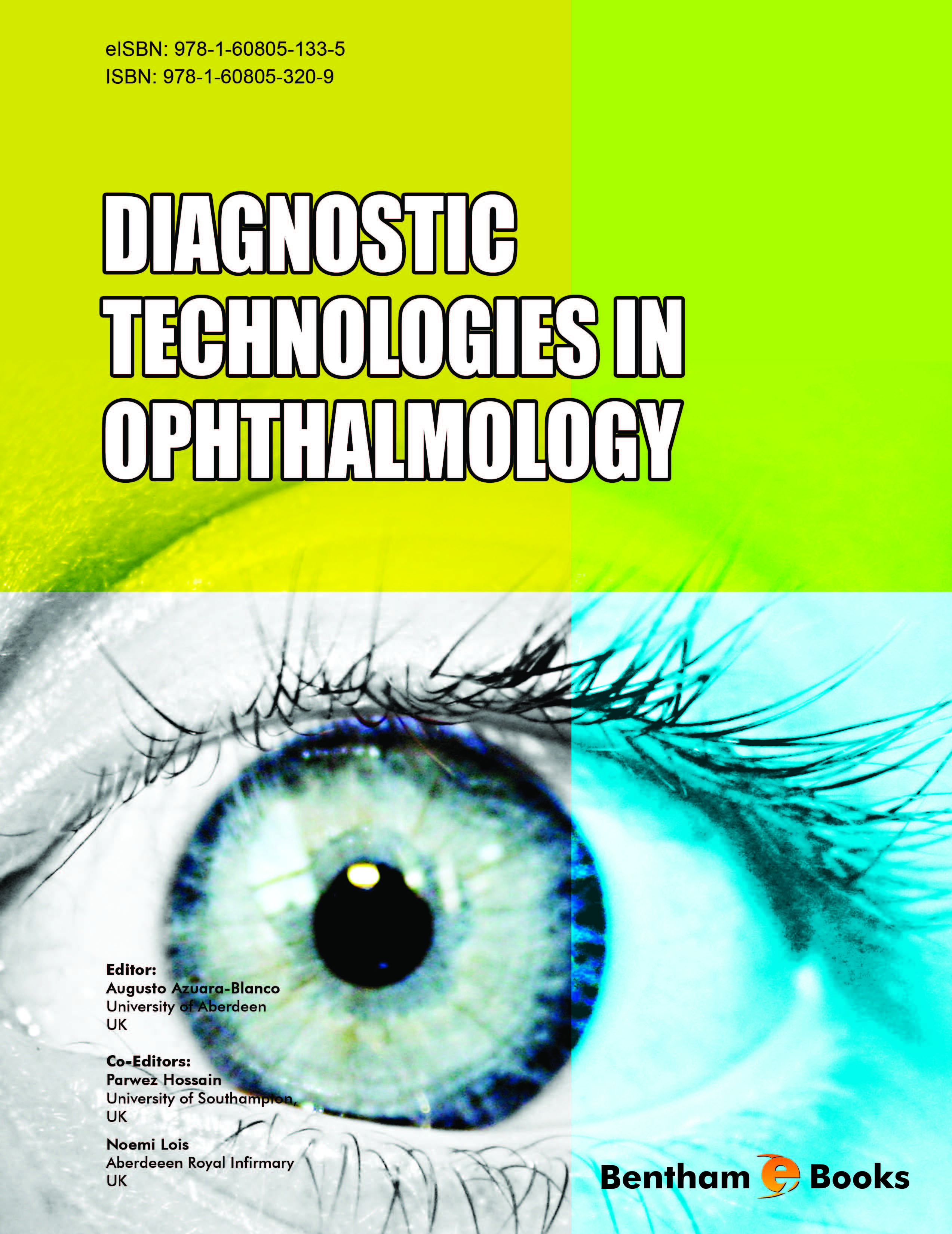Microbiology, Virology and Histopathological Sampling and Diagnosis

- Authors: Samer Hamada, Saaeha Rauz2
-
View Affiliations Hide Affiliations2 Academic Unit of Ophthalmology, School of Immunity & Infection, College of Medical and Dental Sciences, University of Birmingham, United Kingdom
- Source: Diagnostic Technologies in Ophthalmology , pp 50-90
- Publication Date: May 2012
- Language: English
Microbiology, Virology and Histopathological Sampling and Diagnosis, Page 1 of 1
< Previous page | Next page > /docserver/preview/fulltext/9781608051335/chapter-4-1.gif
Ocular samples include: ocular cells or tissue (conjunctiva, cornea, retina, or orbital tissue), bio-fluids such as tears, aqueous or vitreous, therapeutic or cosmetic contact lenses, implanted devices (intraocular lenses, corneal rings), or transplanted tissue (e.g. Infected corneal graft tissue). Sampling extends beyond the careful collection of ocular material to involve sample storage and transfer. Reliable results require avoiding sample contamination at any stage of sampling, storage, and processing. In order to aid the laboratory scientist to provide an accurate interpretation of the investigations, it is extremely important to give details of all relevant clinical history, other related medical conditions, clinical differential diagnosis, and in some cases demographical details such as race, birth place and current postcode. This chapter will provide a précis of common sample collection in ophthalmology and an overview of culture-dependent and independent techniques including immunohistochemistry and molecular biological techniques used for ophthalmological diagnosis.
-
From This Site
/content/books/9781608051335.chapter-4dcterms_subject,pub_keyword-contentType:Journal -contentType:Figure -contentType:Table -contentType:SupplementaryData105

